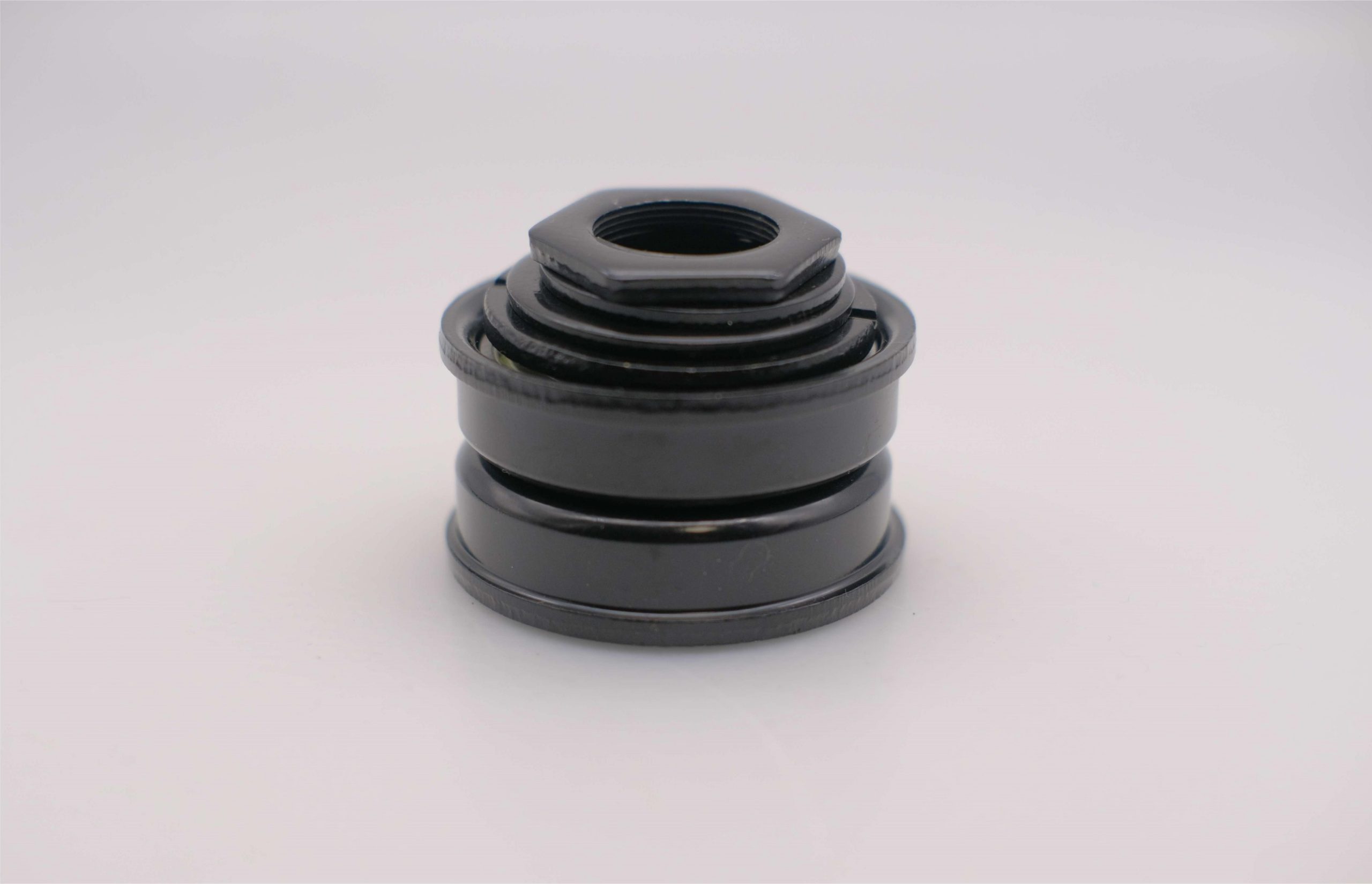When pedaling a bicycle, the seamless rotation of the pedals feels almost second – nature. But have you ever stopped to think about the unsung hero enabling this smooth motion? At the heart of every bicycle lies the bottom bracket, a crucial yet often overlooked component. Despite its small size, it plays an indispensable role in transferring power from your legs to the wheels. So, what is a bottom bracket?
When it comes to understanding the complex mechanics of a bike, there are a few critical but often overlooked bike parts as critical as the bottom Bracket. The bottom Bracket is located in the center of the bicycle frame and is the critical interface between the linkage assembly and the bicycle frame. The Bottom Bracket ensures smooth pedaling efficiency, power delivery, and overall riding performance.
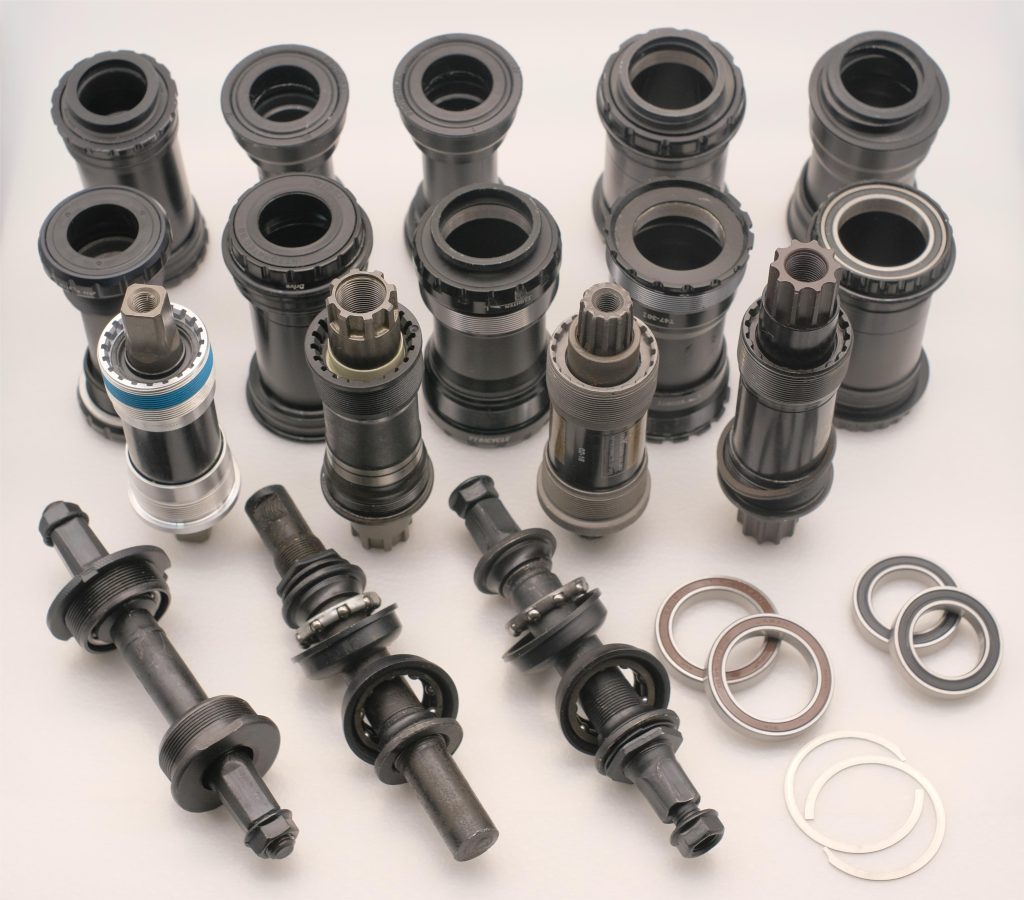
What is a bottom bracket, and why is it so important?
A bottom bracket is a set of bearings and associated hardware that allow the linkage assembly to rotate freely within the bicycle frame. The bottom Bracket is located at the intersection of the frame’s seattube, downtube, and chainstay, providing the linkage. This rotational motion is converted into a force that pushes the bike and rider forward.
The Bottom Bracket comes in various designs and configurations, each designed for a different frame type, cranksets, and riding style. The two main types of bottom brackets are threaded and press-fit, which differ in the method used to secure it inside the frame.
Please check: Bottom Bracket Standards and Types 2024
Threaded Bottom Bracket
The threaded bottom Bracket has an external or internal thread on the bottom bracket of the frame, where the bottom bracket cup is threaded into the frame. The design is simple and reliable, and the threaded interface provides a secure connection that is difficult to loosen over time. Common threaded bottom bracket standards include Imperial/BSA (Birmingham Small Arms) and Italian threads with pitch and diameter specifications.
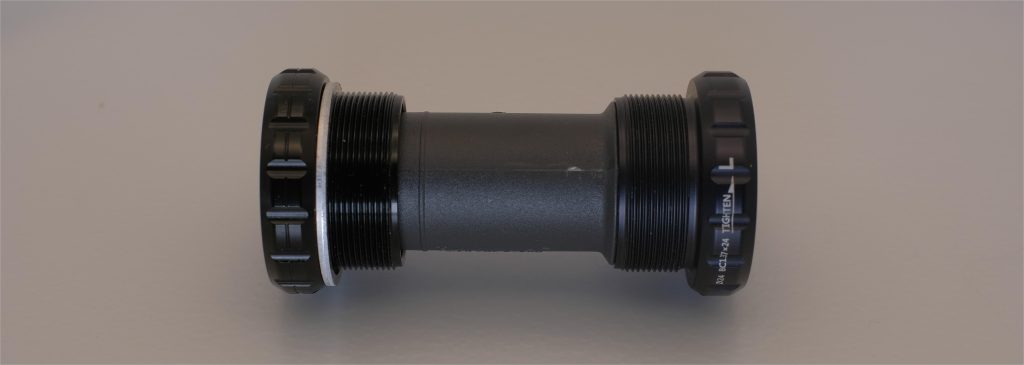
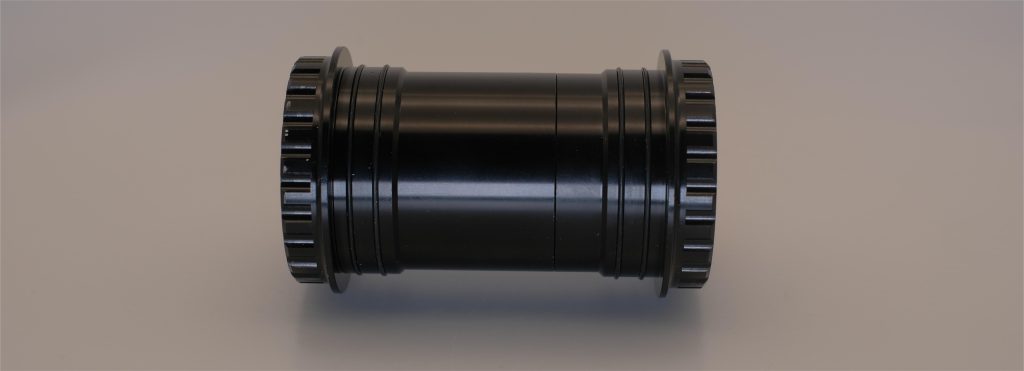
Press-fit Bottom Bracket
The press-fit bottom bracket dispenses with threads and is mounted into the bottom bracket shell of the frame with a tight press-fit mount. These bottom brackets rely on precision-machined tolerances and holding cups to stay in place within the frame. Press-fit designs typically allow for more over-sized diameter bottom bracket bearings, which can increase stiffness and durability. Popular press-fit standards include BB30, PF30 and BB86/92, each with different shell width and diameter specifications.
Bearings plays an important role here!
Regardless of the type of bottom Bracket, bearings within the bottom Bracket play a key role in promoting smooth rotation and reducing friction. We can find two types of bearings. One is the pre-assembled bearing type (sealed bearing), with bearings pre-assembled within a sealed unit. The other is bulk ball bearings (loose bearings/caged bearings). In this type, we place individual balls in a track and use a cage to hold them. Pre-assembled bearing-style bearings offer convenience and resistance to contamination, so many riders prefer them. However, some riders prefer bulk ball bearings because they are easier to maintain.
Different Bottom Brackets Have Different Performances
In addition to supporting the primary function of the cranksets, the bottom Bracket also affects the overall performance characteristics of the bike. Road racing bikes prioritize aerodynamics and weight loss. They often feature narrower bottom brackets and shorter bearings. For example, manufacturers design wider bottom bracket shells and more extended bearings mainly for mountain and fat bikes. This is because, for these types of bikes, increased clearance and durability take priority. Road racing bikes prioritize aerodynamics and weight loss. They often feature narrower bottom brackets and shorter bearings.
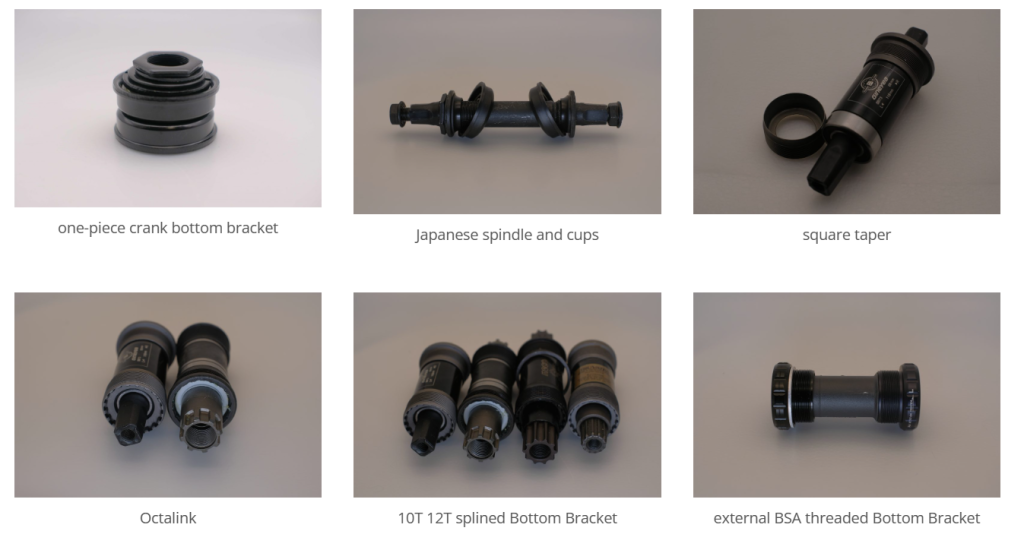
Advancements in bottom-bracket technology continue to drive innovation in the bicycle industry, with bicycle parts manufacturers constantly improving designs to improve performance, durability, and compatibility. The advent of the BB386EVO, the T47, and various press-fit designs reflects this ongoing development, albeit accompanied by debates about compatibility and standardization.
Maintenance
Maintenance and upkeep are essential for the longevity and performance of your bike’s bottom bracket. Regular cleaning and inspection can help prevent contamination and premature wear, while proper installation and torque specifications are critical to maintaining structural integrity and performance. When signs of wear or clearance are present, such as friction noise, excessive resistance, or lateral movement of the linkage assembly, this may indicate a problem with the bottom bracket that needs attention.
By the way, SUMLON has been manufacturing bicycle parts for over 15 years. Contact us if you are looking for a bike parts factory or a one-stop wholesaler. Peace


